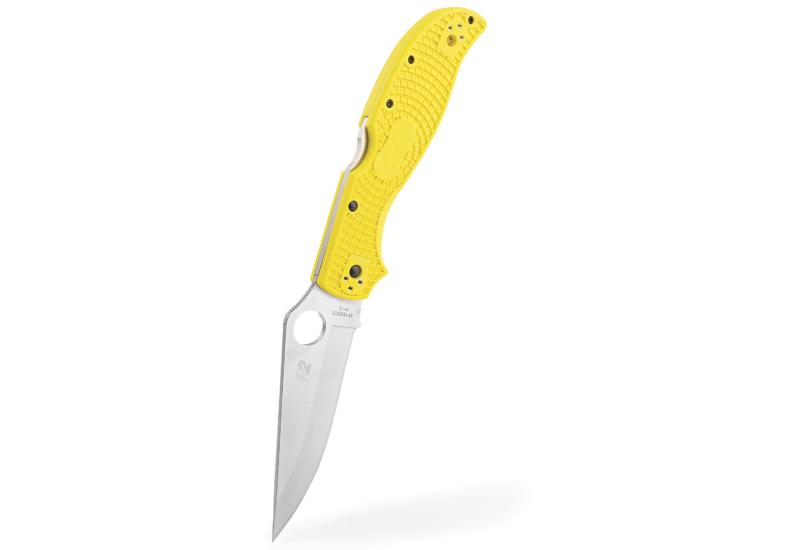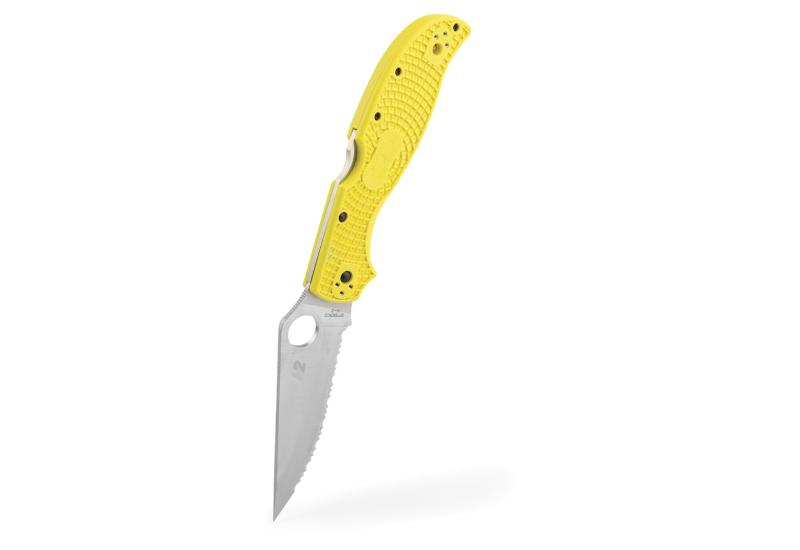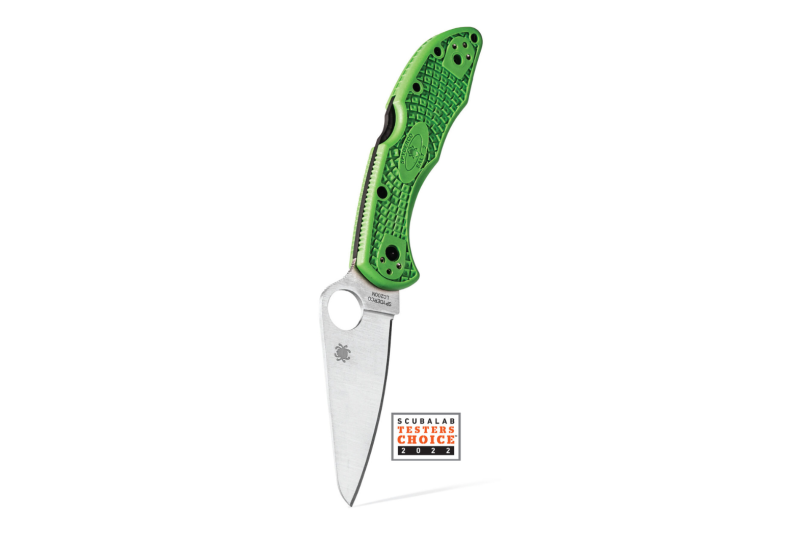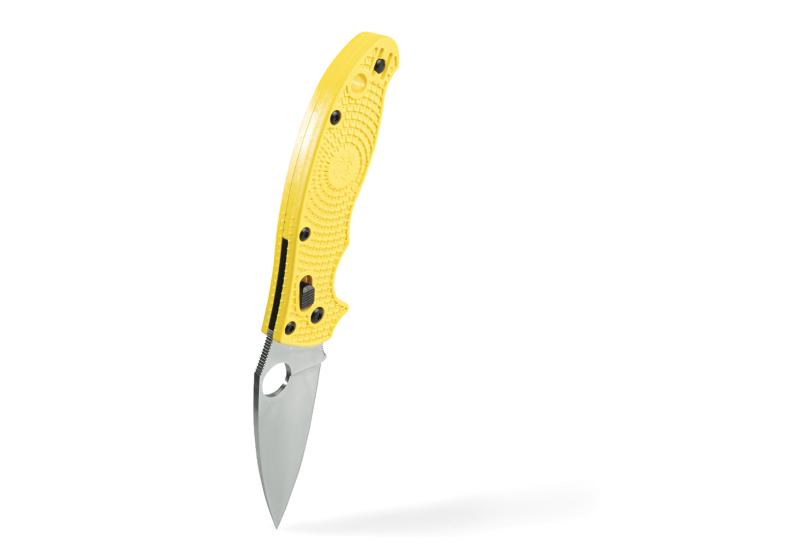5 Best Tips for Shooting Underwater Photos While Night Diving
The sun is low as the dive boat hums along toward our destination. The divers — mostly grown men — are like schoolgirls giddy with excitement as the opportunity in front of us doesn’t present itself as often as we would like. The captain slows the boat, and we know we have finally reached our dive site. Hearts beat faster and anticipation mounts as we finish suiting up and complete our gear checks. We try to be patient as the excitement builds and we hear those magic words “Dive, Dive, Dive!” We move in orderly fashion to the platform, take that giant stride, hit the water, and ... black.
Before learning to dive all of those years ago, I was afraid of the water. Back then the prospect of jumping into blackness with only a flashlight was as foreign to me as being on the moon with a flashlight — meaning neither of them would happen. Some dive buddy of mine wagered a non-diving-related bet, and if I lost, I had to — you guessed it — do my first night dive. The diving gods laughed as I lost. It was dusk dive, so when we started it was relatively light, and once in the water, I could still see the reef, the fish, and other divers. I was both excited and apprehensive, because I knew at some point the reef, the fish, and the other divers would disappear as the ocean turned black in darkness. A funny thing happened as dusk made the transition to night and the daytime sea life turned in for the evening. I calmly clicked on my light, taking care not to point it toward my dive buddy’s eyes as he had repeatedly instructed, and watched the show begin. I wanted to scream, “Hey, there’s a squid!” and “Hey, there’s a lobster RIGHT THERE!” I couldn’t scream, but in those moments, I was hooked.
I’ve come a long way since that first experience: I became an instructor, logged thousands of dives, and have been lucky enough to venture into the wonderful world of underwater photography. When discussing night diving, I always remind students that safety has to be the No.1 priority. Know your gear by heart, have functioning primary and backup lights, know how to communicate properly with your dive buddy via light and hand signals, and ensure you are a confident diver able to maintain good buoyancy and air control. Underwater photography is a great way to capture your night dive memories forever, but there are a few differences from taking underwater photos during the day.
Here are five tips to make the most of your nighttime underwater photography experience:
1. Plan your lighting: The flash on the camera isn’t strong enough to cut through the blackness of underwater and expose the vivid colors that live in the night sea, so an external strobe is essential. A focus light is also an important multifunctional tool: It gives the camera the necessary contrast to focus on the subject and serves as the diver’s primary light. Personally, I used the Sola 1200, which is a good light for its size, power and angle of coverage. NOTE: Don’t be concerned about the focus light affecting the exposure when using it with external strobe, as the external strobe overpowers the focus light.
2. Prepare for nighttime subjects: As an underwater photographer, night diving is like the proverbial box of chocolates — that’s right, you never know what you’re going to get. It never ceases to amaze me how I can dive a site during the day and be astonished by the life in the daylight, then visit the same site after sundown and be welcomed and awed by the life that works the night shift. Eels, octopus, and squid are at home, and seem less phased by divers. Fish are drawn to the primary/focus light, and seem almost cooperative as I strive to get that perfect shot.
3. Get close: Whether shooting wide-angle or macro, you’ll need to be up close and personal with any subject you want to capture. Artificial lighting is only so powerful, so it’s imperative you are close so the light can illuminate the subject, allowing you to get the desired image. This can be a little daunting at times, especially if you are shooting wide-angle. I mean, who really wants to be that close to a shark? If you keep your wits about you, the end product will be worth the apprehension.
4. Expand your dive: Whether the planned night dive is a wreck or a reef, I always talk to my dive buddy in advance about not sticking to the deck of a wreck or the top of the reef. Some of the most intriguing creatures are found in unexpected places, such as the sand a few feet off a wreck, the lowest ledges, or the dark holes on the reef. So look where nobody else is looking!
5. Don’t be afraid: To many divers, the idea of plunging into darkness isn’t very appealing. Throw in a bulky, expensive camera rig, and it can be worse than unappealing. The unknown is a scary thing, and the underwater unknown could be downright terrifying ... but it isn’t, because the payoff far outweighs the uncertainty. If you were drawn to scuba diving for the sense of adventure, don’t let the things that go bump in the night keep you away from this wondrous experience.
The sun is low as the dive boat hums along toward our destination. The divers — mostly grown men — are like schoolgirls giddy with excitement as the opportunity in front of us doesn’t present itself as often as we would like. The captain slows the boat, and we know we have finally reached our dive site. Hearts beat faster and anticipation mounts as we finish suiting up and complete our gear checks. We try to be patient as the excitement builds and we hear those magic words “Dive, Dive, Dive!” We move in orderly fashion to the platform, take that giant stride, hit the water, and ... black.
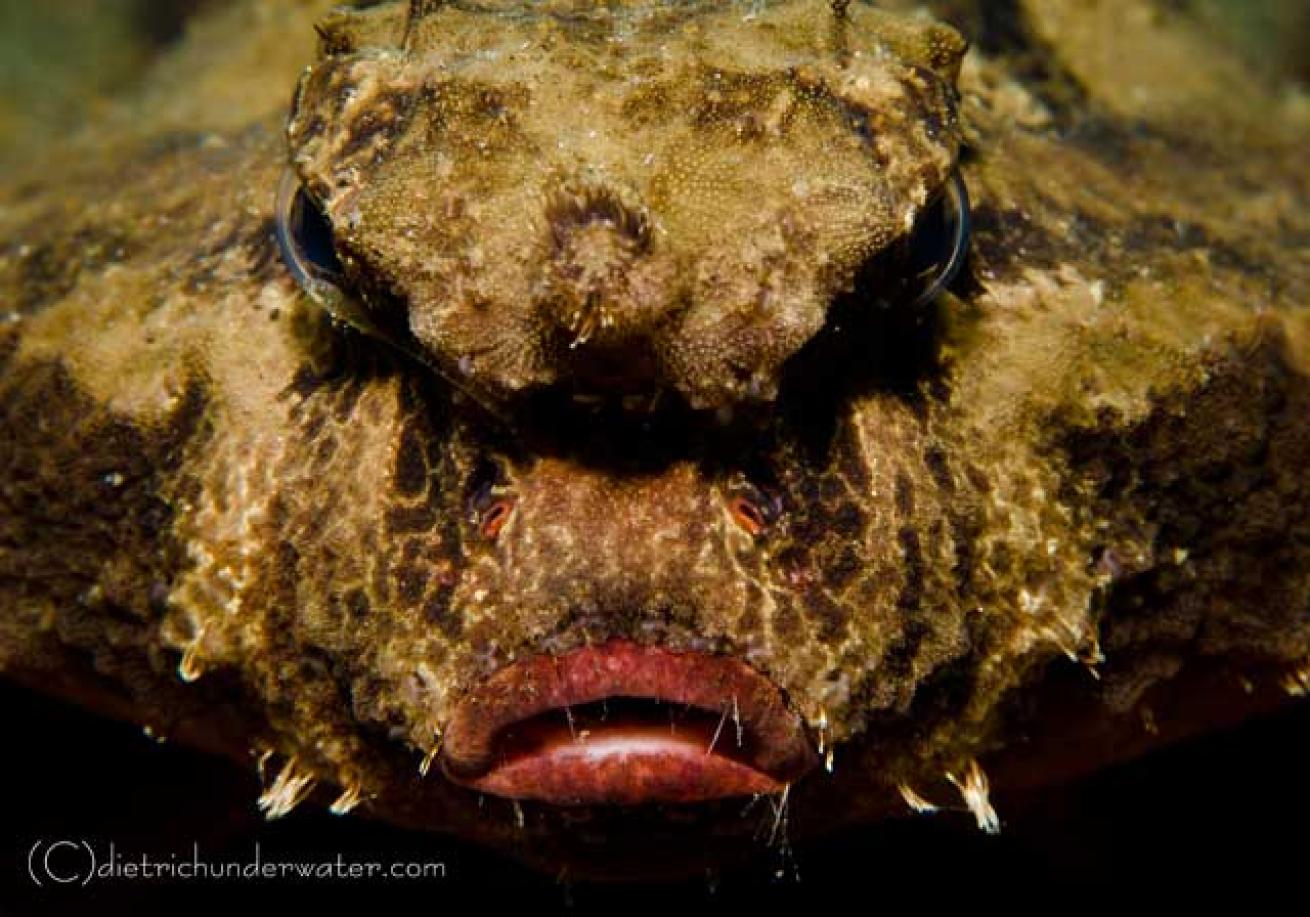
Craig DietrichRed-Lipped Batfish
Before learning to dive all of those years ago, I was afraid of the water. Back then the prospect of jumping into blackness with only a flashlight was as foreign to me as being on the moon with a flashlight — meaning neither of them would happen. Some dive buddy of mine wagered a non-diving-related bet, and if I lost, I had to — you guessed it — do my first night dive. The diving gods laughed as I lost. It was dusk dive, so when we started it was relatively light, and once in the water, I could still see the reef, the fish, and other divers. I was both excited and apprehensive, because I knew at some point the reef, the fish, and the other divers would disappear as the ocean turned black in darkness. A funny thing happened as dusk made the transition to night and the daytime sea life turned in for the evening. I calmly clicked on my light, taking care not to point it toward my dive buddy’s eyes as he had repeatedly instructed, and watched the show begin. I wanted to scream, “Hey, there’s a squid!” and “Hey, there’s a lobster RIGHT THERE!” I couldn’t scream, but in those moments, I was hooked.
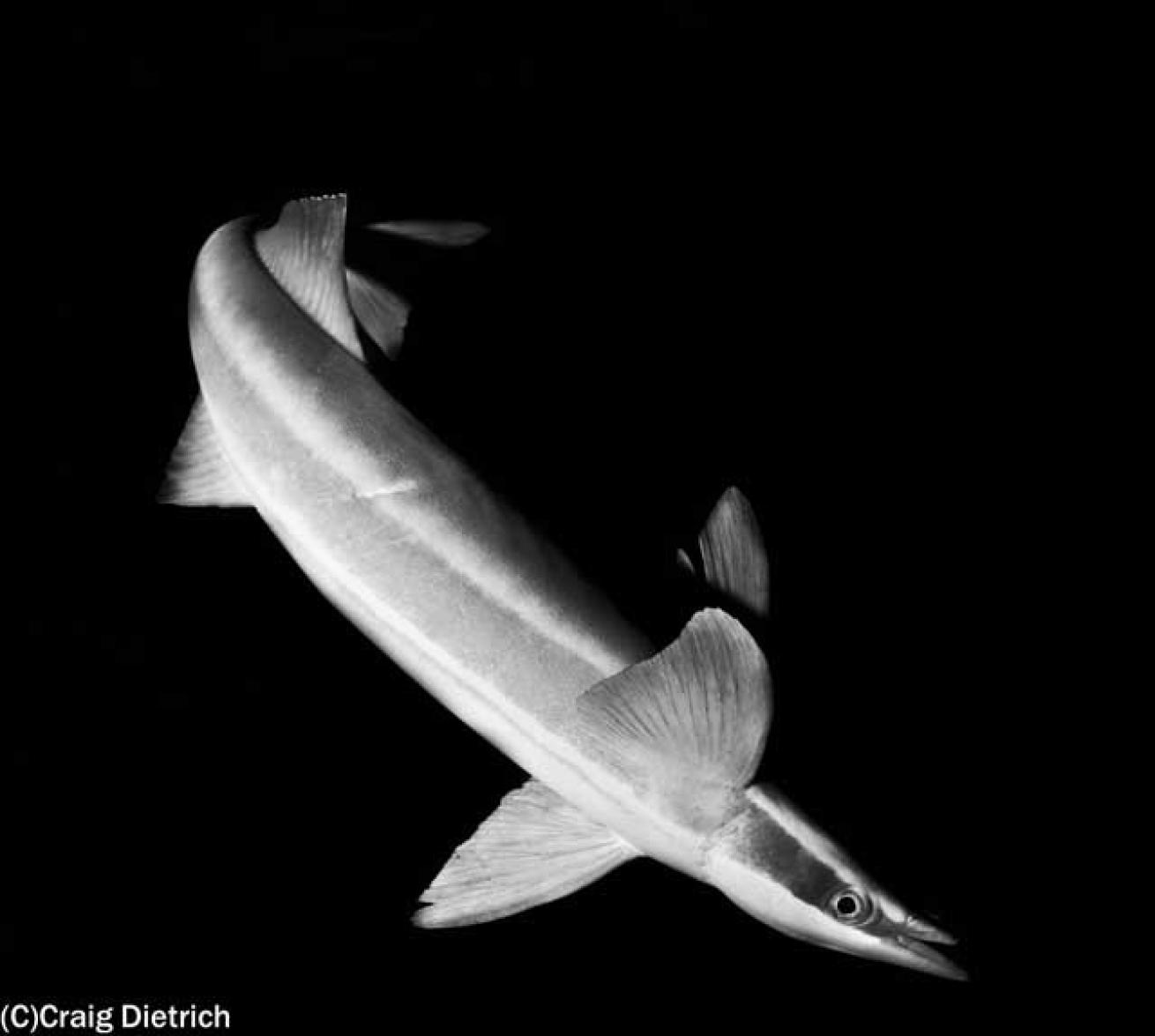
Craig DietrichRemora
I’ve come a long way since that first experience: I became an instructor, logged thousands of dives, and have been lucky enough to venture into the wonderful world of underwater photography. When discussing night diving, I always remind students that safety has to be the No.1 priority. Know your gear by heart, have functioning primary and backup lights, know how to communicate properly with your dive buddy via light and hand signals, and ensure you are a confident diver able to maintain good buoyancy and air control. Underwater photography is a great way to capture your night dive memories forever, but there are a few differences from taking underwater photos during the day.
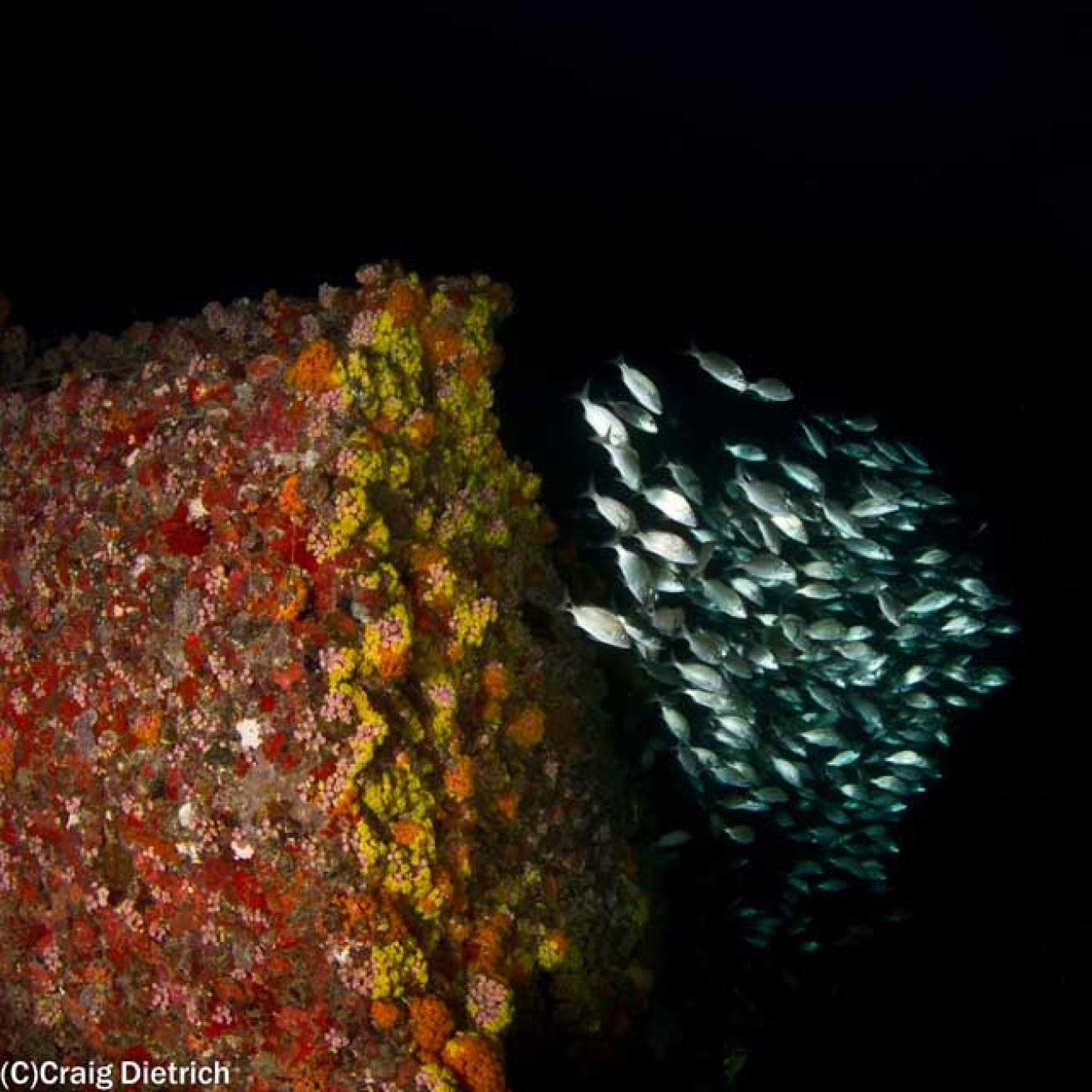
Craig DietrichSchool of grunts
Here are five tips to make the most of your nighttime underwater photography experience:
1. Plan your lighting: The flash on the camera isn’t strong enough to cut through the blackness of underwater and expose the vivid colors that live in the night sea, so an external strobe is essential. A focus light is also an important multifunctional tool: It gives the camera the necessary contrast to focus on the subject and serves as the diver’s primary light. Personally, I used the Sola 1200, which is a good light for its size, power and angle of coverage. NOTE: Don’t be concerned about the focus light affecting the exposure when using it with external strobe, as the external strobe overpowers the focus light.
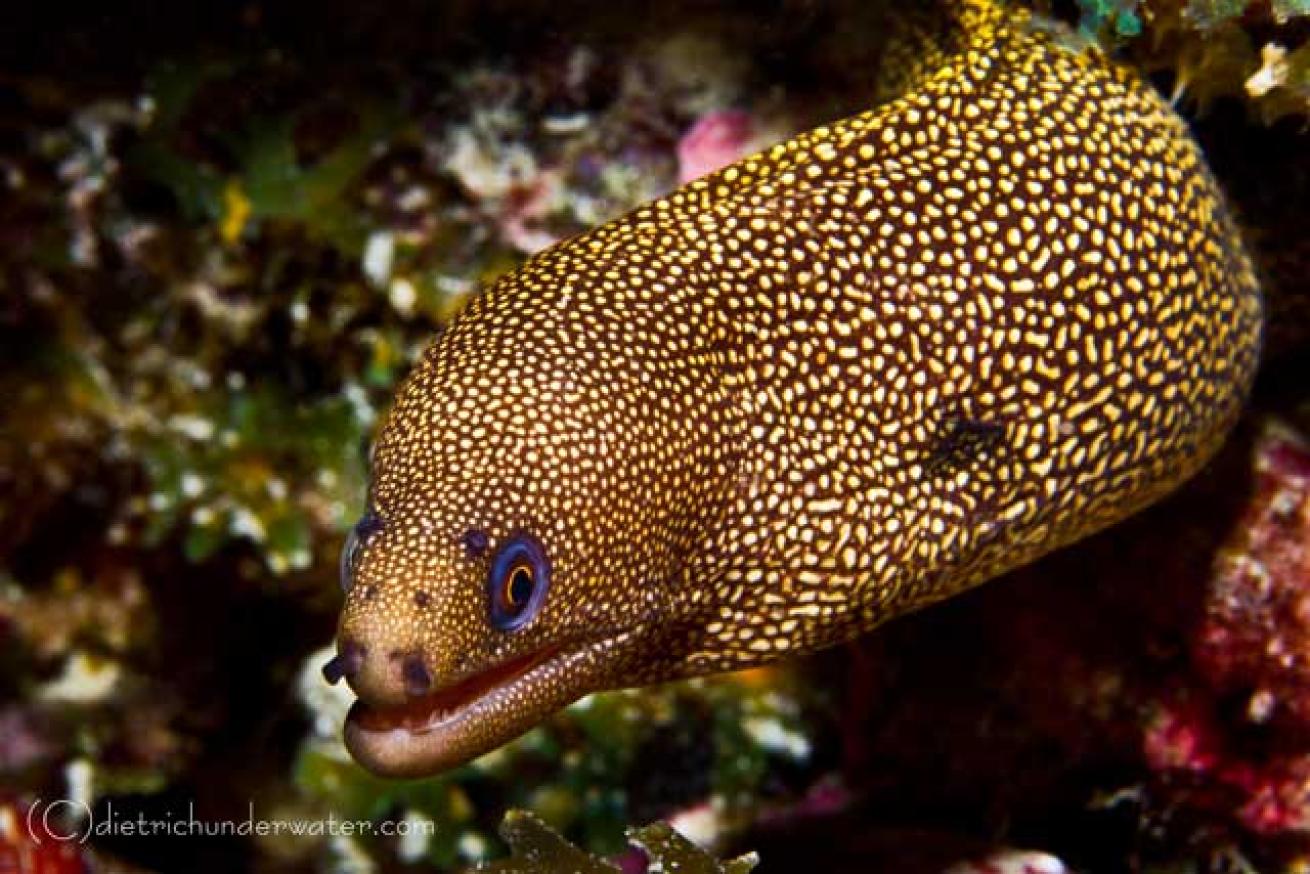
Craig DietrichGolden Moray Eel
2. Prepare for nighttime subjects: As an underwater photographer, night diving is like the proverbial box of chocolates — that’s right, you never know what you’re going to get. It never ceases to amaze me how I can dive a site during the day and be astonished by the life in the daylight, then visit the same site after sundown and be welcomed and awed by the life that works the night shift. Eels, octopus, and squid are at home, and seem less phased by divers. Fish are drawn to the primary/focus light, and seem almost cooperative as I strive to get that perfect shot.
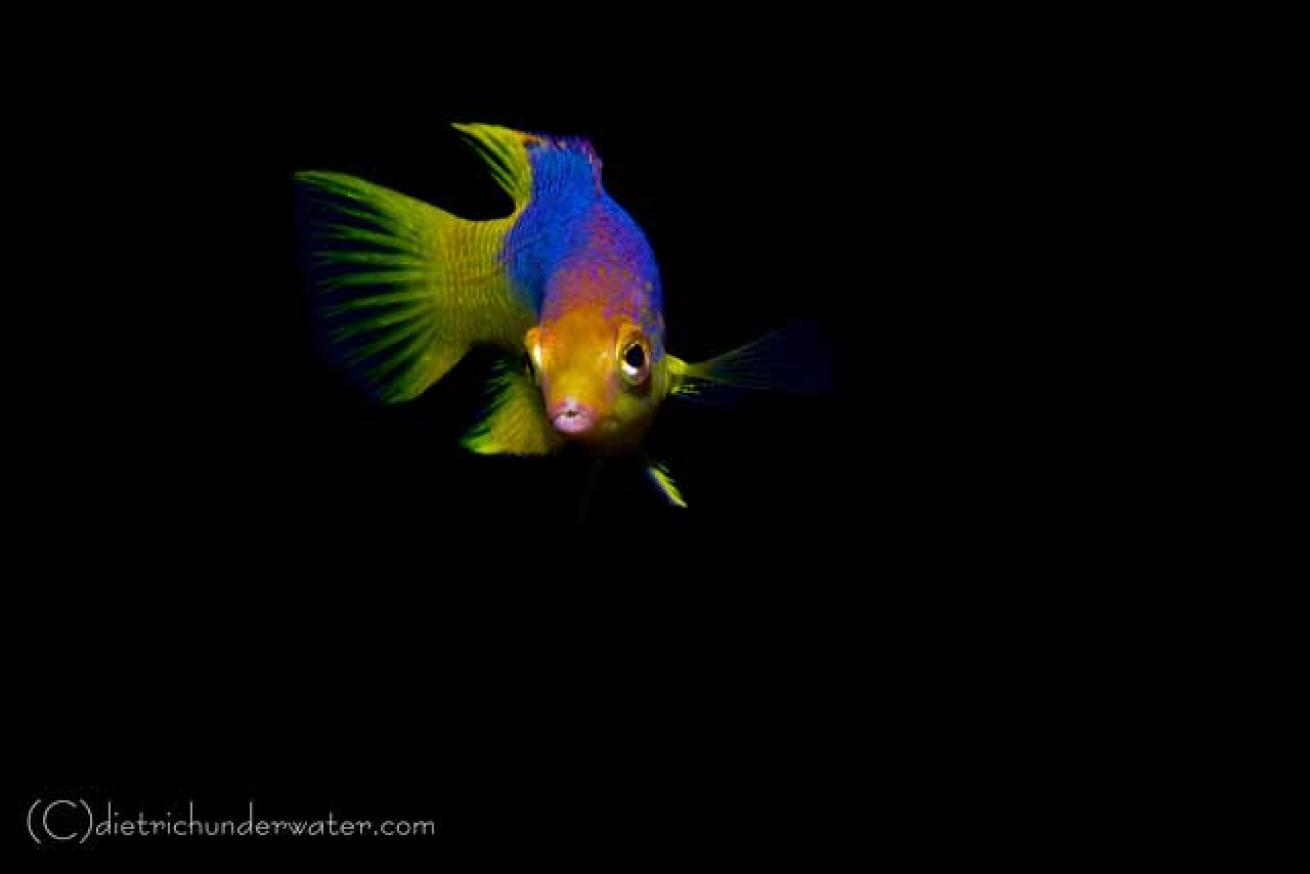
Craig DietrichBaby Spanish Hogfish
3. Get close: Whether shooting wide-angle or macro, you’ll need to be up close and personal with any subject you want to capture. Artificial lighting is only so powerful, so it’s imperative you are close so the light can illuminate the subject, allowing you to get the desired image. This can be a little daunting at times, especially if you are shooting wide-angle. I mean, who really wants to be that close to a shark? If you keep your wits about you, the end product will be worth the apprehension.
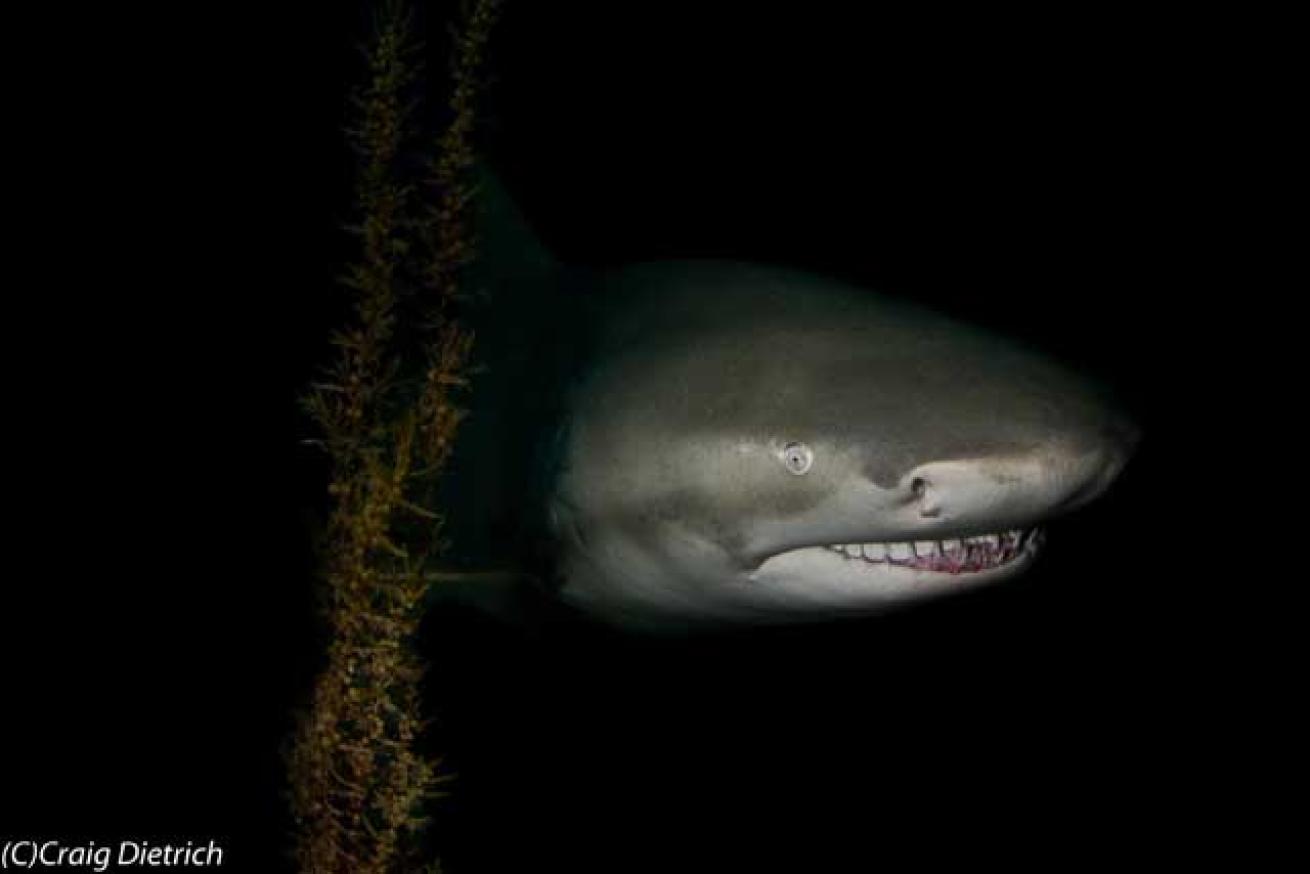
Craig DietrichLemon Shark
4. Expand your dive: Whether the planned night dive is a wreck or a reef, I always talk to my dive buddy in advance about not sticking to the deck of a wreck or the top of the reef. Some of the most intriguing creatures are found in unexpected places, such as the sand a few feet off a wreck, the lowest ledges, or the dark holes on the reef. So look where nobody else is looking!
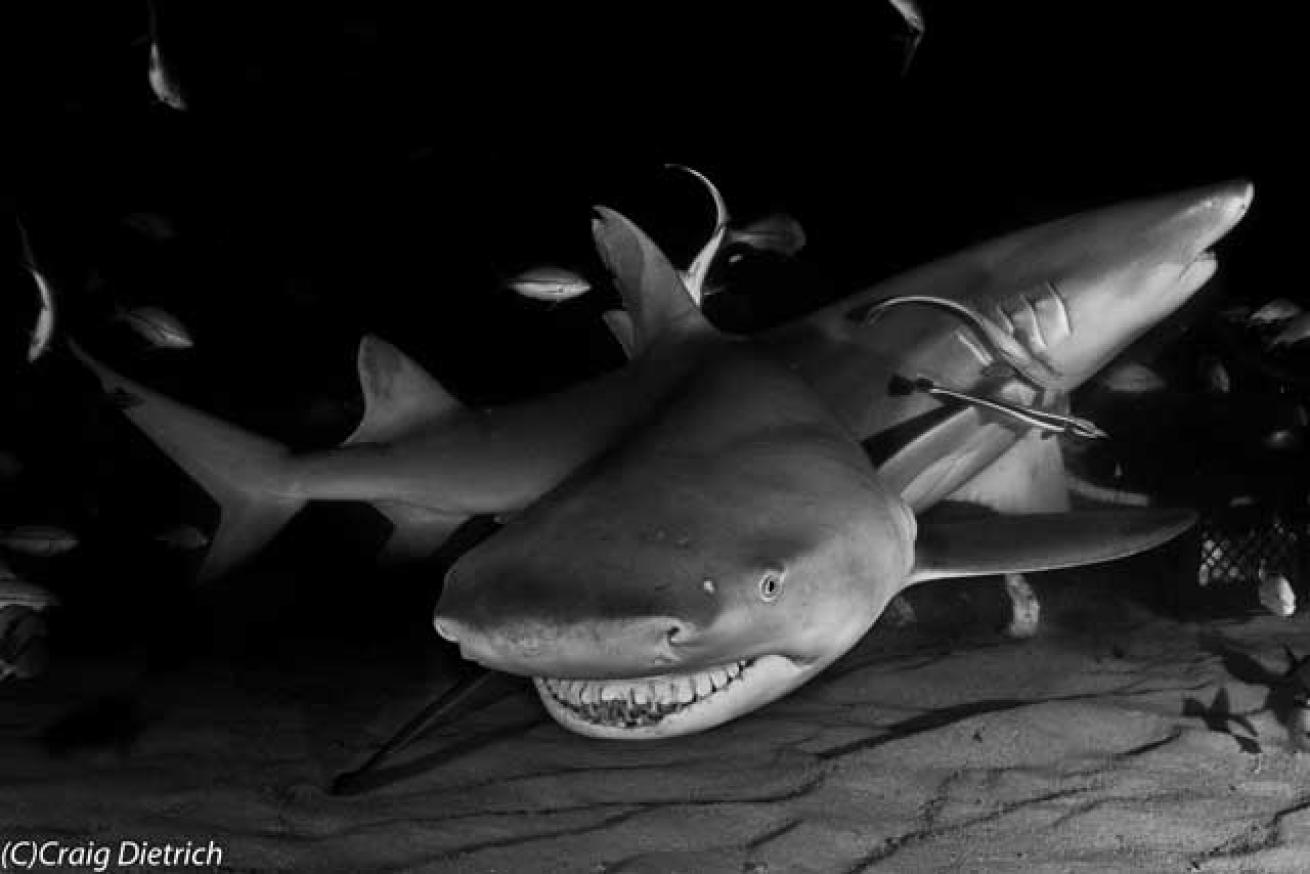
Craig DietrichLemon Sharks
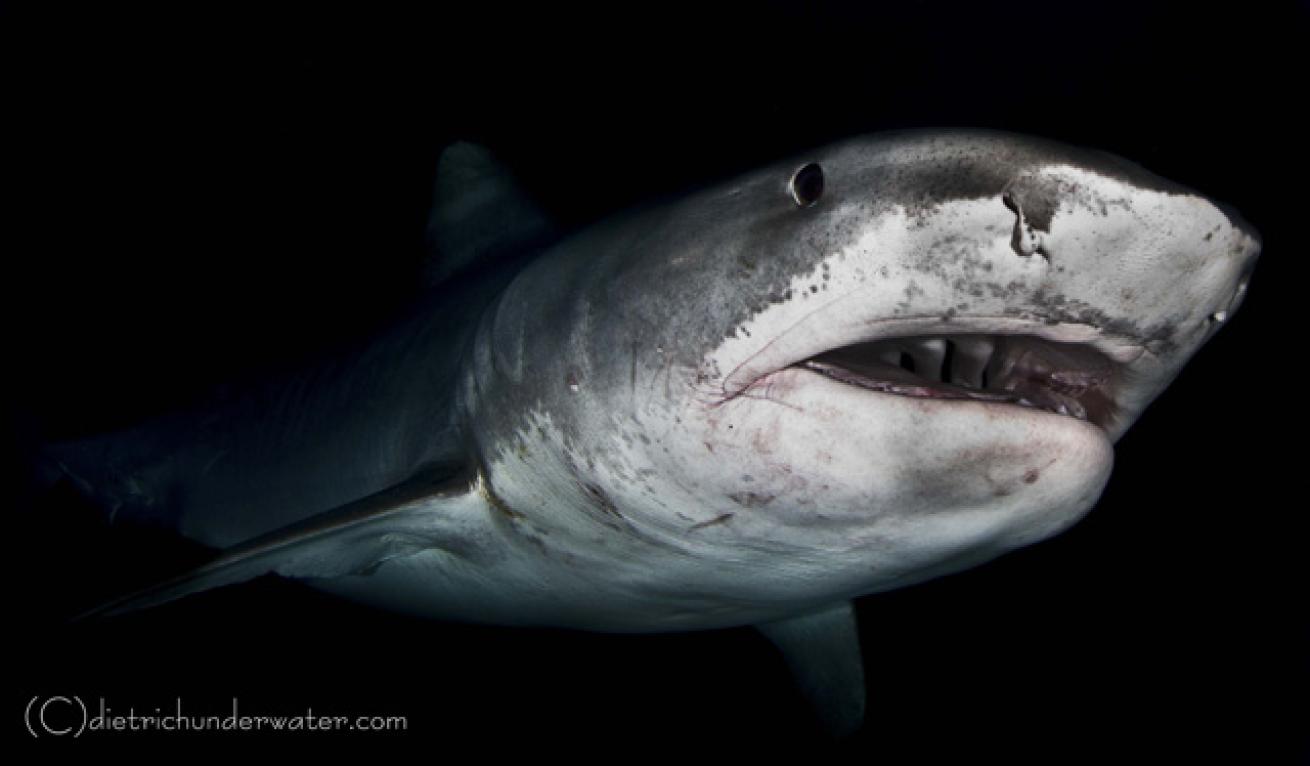
Craig DietrichTiger Shark
5. Don’t be afraid: To many divers, the idea of plunging into darkness isn’t very appealing. Throw in a bulky, expensive camera rig, and it can be worse than unappealing. The unknown is a scary thing, and the underwater unknown could be downright terrifying ... but it isn’t, because the payoff far outweighs the uncertainty. If you were drawn to scuba diving for the sense of adventure, don’t let the things that go bump in the night keep you away from this wondrous experience.

